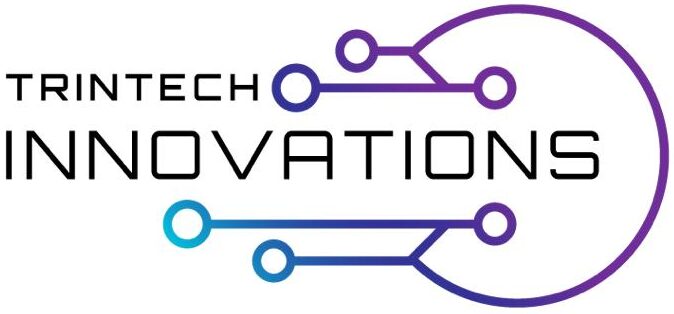Behind the Scenes, Ahead of the Curve
Our L1 and L2 Operations Support teams work tirelessly behind the scenes, staying ahead of the curve to anticipate and resolve issues before they impact your business operations.
L2 support is the second level of technical support, typically providing more in-depth troubleshooting and problem resolution compared to L1 support.

L1 Operations Support
First Line Resilience, Unmatched Support.
Trust our L1 Operations Support as your first line of defense, offering unmatched resilience and support to keep your systems running smoothly.
- Customer Complaint Handling P3-P5
- System Generated / Automated Alerts Handling
- Incident Triaging (Right Team Engagement, Business Dashboard Analysis)
- Third-Party Technical Co-ordination (Incident + BAU)
- Third-Party Change Communication to internal stakeholders
- Escalate issues to L2 which can’t be handled within L1
- P3-P5 Problem Management for Permanent resolution of re-occurring issues Alerts


L2 Operations Support
Beyond the Basics, Into Expertise.
Move beyond basic support to embrace expertise with our L2 Operations Support Services, providing specialized assistance and proactive solutions tailored to your unique needs.
- Incident Troubleshooting and Escalate to L3 if required
- Incident Backlog Clearance
- Handle Alerts escalated by L1 Team
- KTs and enablement to L1 Team
- Improve Observability Posture
- DR Switchovers in case of incidents where applicable
- Application (complete/processes) Restart
- Automations (Shell scripts, Devops Tools)
- Audits / Reconciliations
YOU Will GET
Rely on our L1 and L2 Operations Support Services for expert guidance and efficient solutions, leveraging our specialized expertise to navigate challenges and optimize system performance.
Ensure swift identification and resolution of issues, minimizing downtime and optimizing system performance.
Receive round-the-clock monitoring, identifying potential issues before they escalate, and implementing preventive measures to maintain operational efficiency.
Benefit from expert troubleshooting and problem-solving capabilities, ensuring that even the most complex issues are addressed effectively.
Access expert help whenever you need it, ensuring assistance is available 24/7 for uninterrupted support.
Enhance operational efficiency, streamline processes, and maximize productivity across systems and infrastructure with tailored support solutions.
Key components of L1 & L2 Operational Support
Incident Management
Swiftly identify, categorize, and resolve reported issues, with L1 handling initial triage and L2 providing in-depth investigation and resolution.
Problem Management
Identify and address root causes of recurring incidents to prevent their recurrence, through collaboration between L1 and L2 teams.
Change Management
Plan, evaluate, and implement changes to IT systems with minimal disruptions, ensuring adherence to established procedures by both L1 and L2 teams.
Monitoring and Alerting
Continuously monitor IT systems to detect abnormalities and potential issues, with L1 and L2 teams proactively responding to alerts to maintain system health
Knowledge Management
Document, share, and disseminate troubleshooting procedures and best practices, contributing to efficient incident resolution by L1 and L2 teams.
Escalation Management
Determine and execute appropriate escalation paths for incidents and problems requiring additional expertise or resources, ensuring timely resolution by L1 and L2 teams.
Performance Reporting
Analyze and report KPIs and metrics related to incident management and system health, providing insights for continuous improvement by L1 and L2 teams.
Our modern data platform strategy
Organizational data (Business activities)
Internet of Things (IoT)
Third-Party data sources
Macroeconomic data
Social media
Omnichannel customer touchpoints


L1 Operations
L2 Operations
Raw data
Raw data
Raw data
Raw data
Raw data


Operational & strategic reporting
Data-as-a-Service
Data used by other downstream applications
Organizational data (Business activities)
Data Sources
- Organizational data (Business activities)
- Internet of Things (IoT)
- Third-Party data sources
- Macroeconomic data
- Social media
- Omnichannel customer touchpoints
Data Consumption
- Operational & strategic reporting
- Data-as-a-Service
- Data science use cases for advance analytics & insights
- Data used by other downstream applications
Partnering with the best and setting the foundation for your data-driven journey.
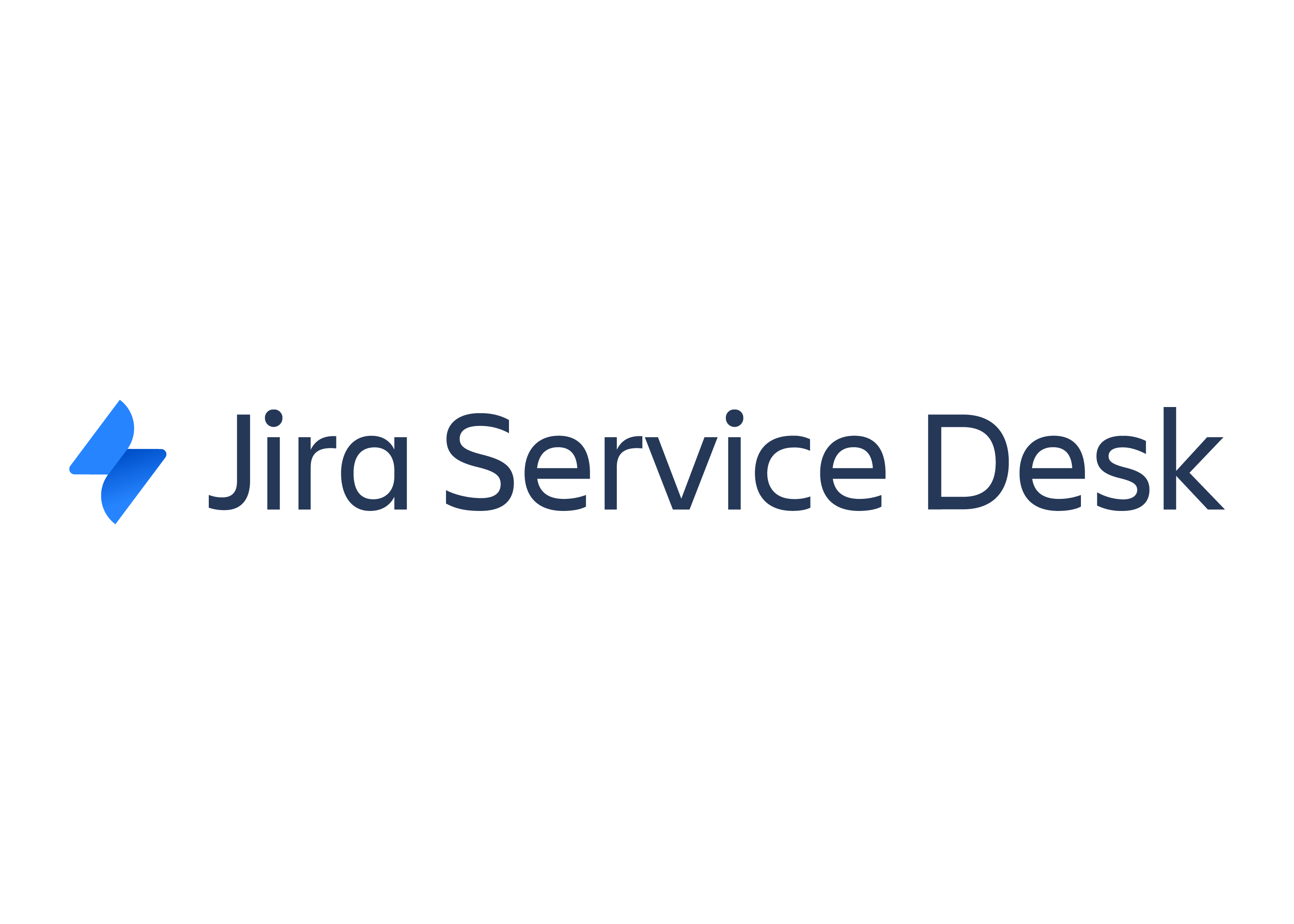

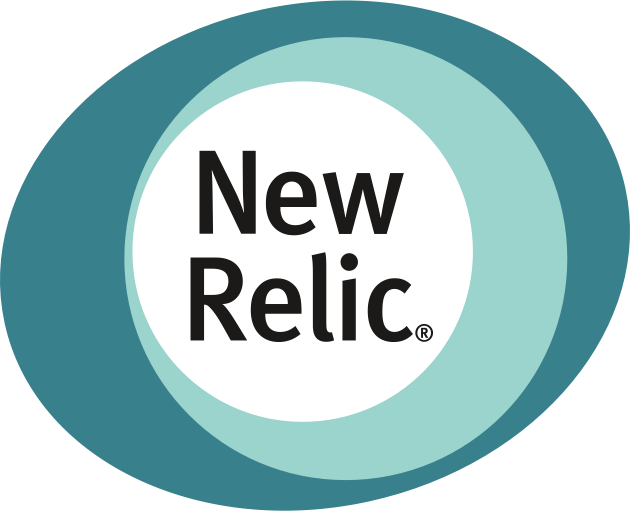

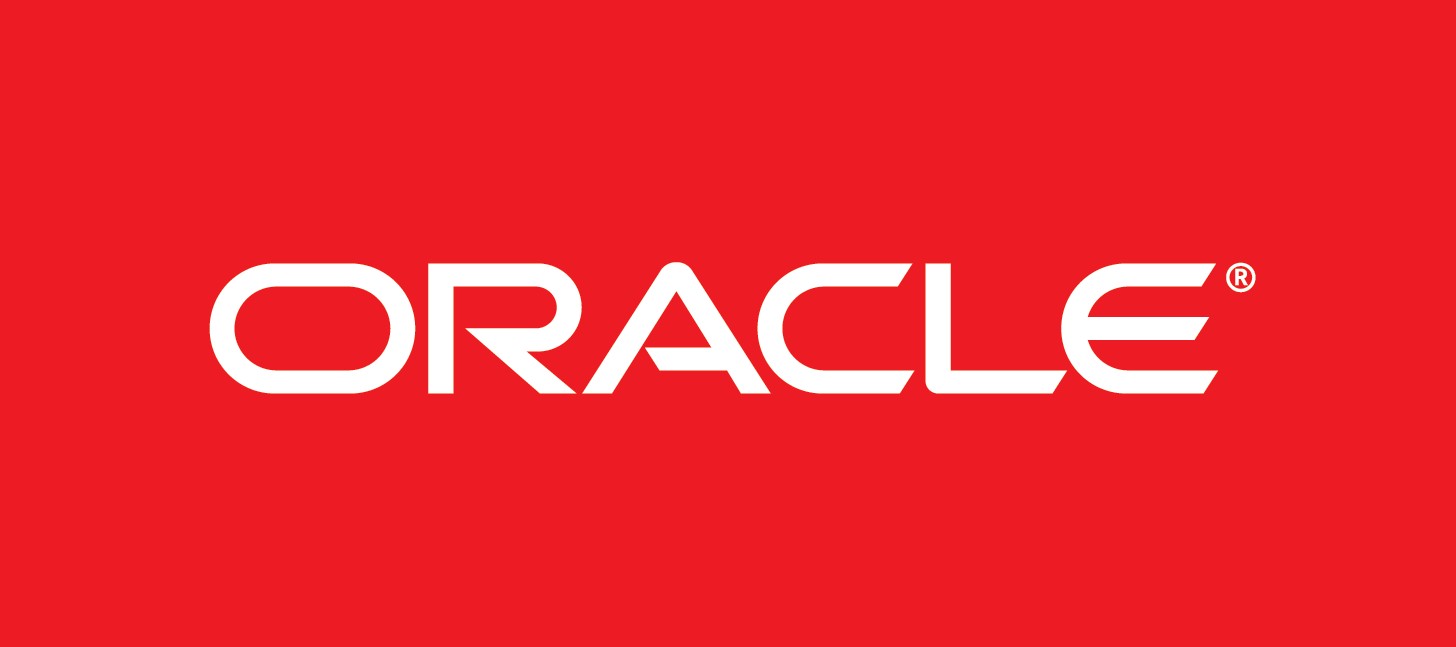

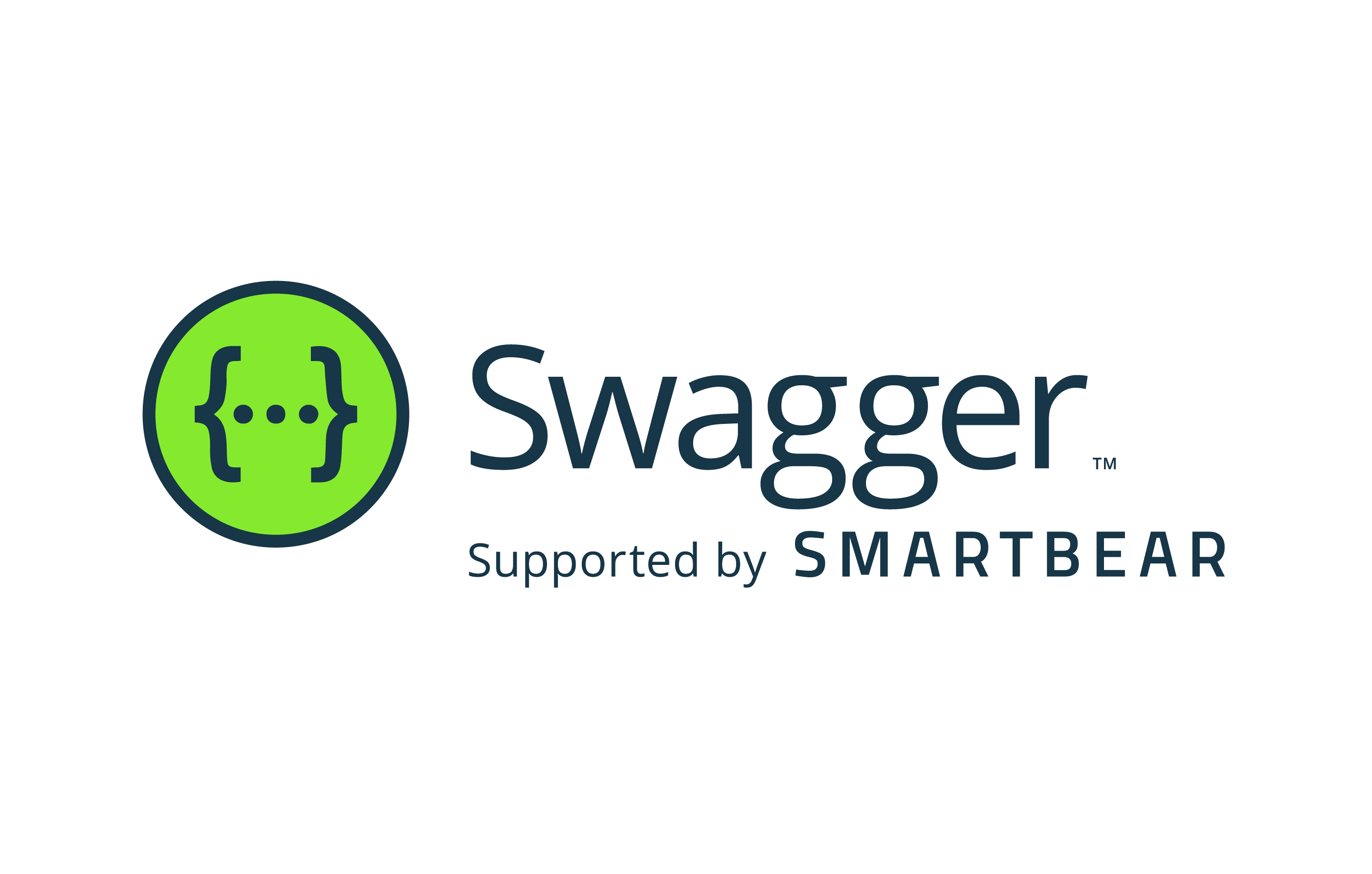











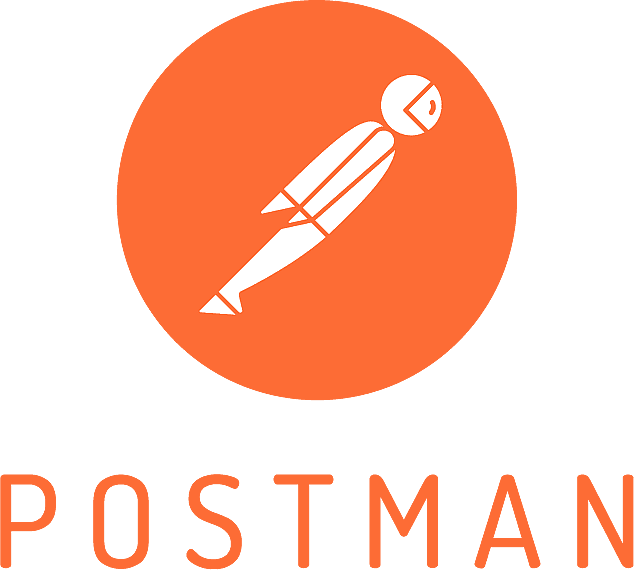







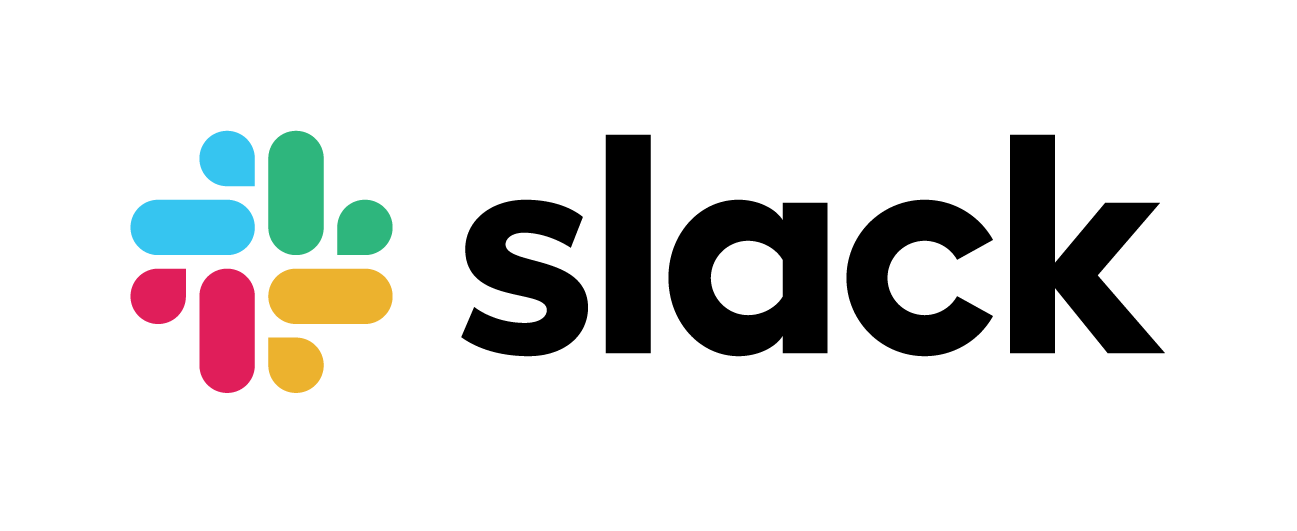



How can we help you?
Are you ready to push boundaries and explore new frontiers of innovation?
